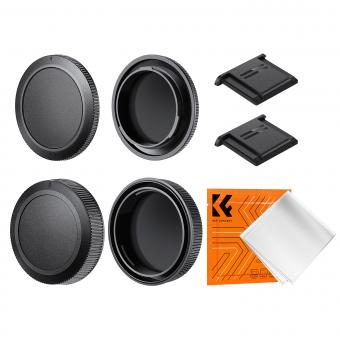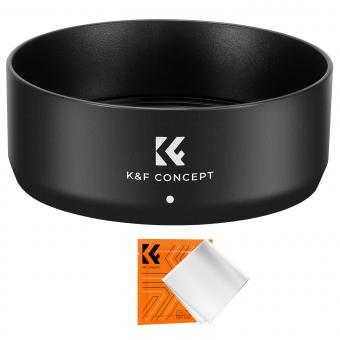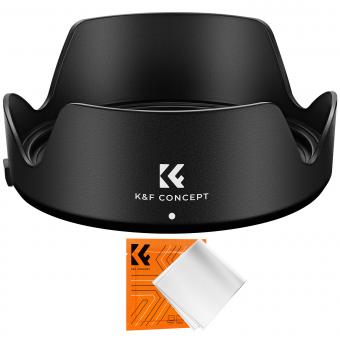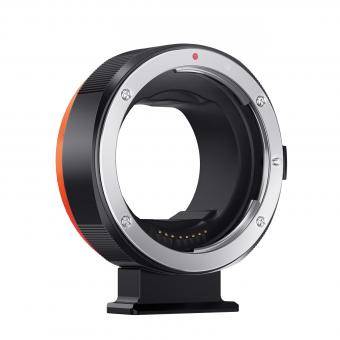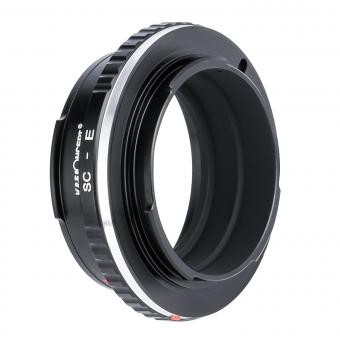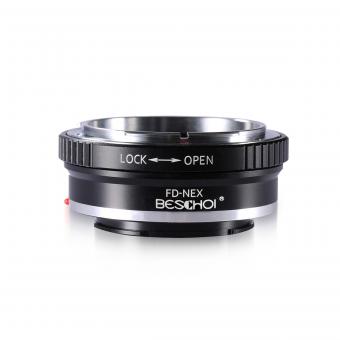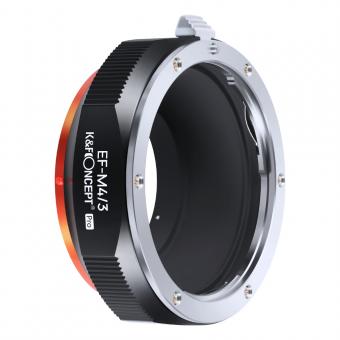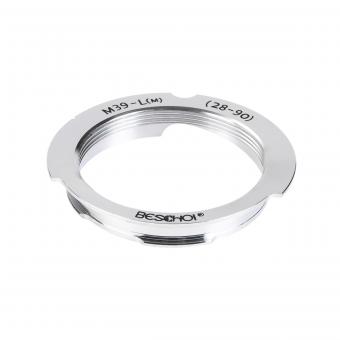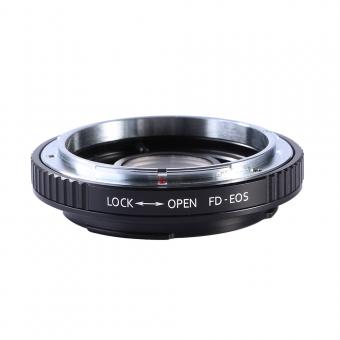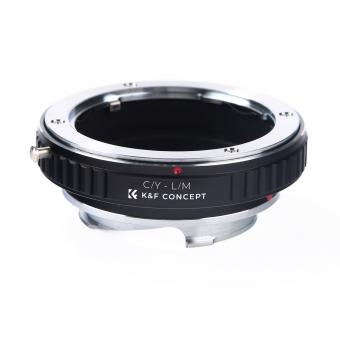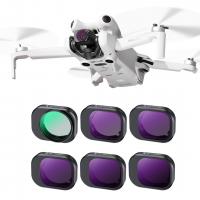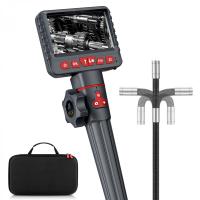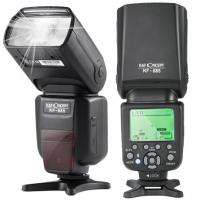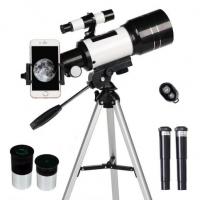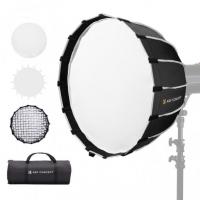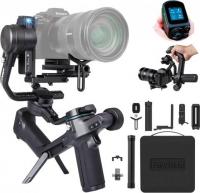What Is Canon Rf Lens Mount?
The Canon RF lens mount has garnered a considerable amount of attention since its introduction in 2018, primarily due to its innovative design and the advancements it brings to the realm of photography. It was developed to accompany Canon's EOS R series of full-frame mirrorless cameras, offering a fresh approach to lens design and camera performance compared to the older EF and EF-S mounts. Let's delve into the nuances and benefits of the Canon RF lens mount, and understand why it has sparked such interest among photographers, both professional and amateur.
The Genesis of the Canon RF Mount

Canon unveiled the RF lens mount to address the demand for enhanced image quality, improved autofocus performance, and the opportunity for new optical designs made possible by the short flange-back distance of mirrorless cameras. The traditional EF mount, which was introduced in 1987, served well for several decades, but as technology advanced, the limitations of the DSLR design became evident. Mirrorless systems, free from the constraints of reflex mirrors and pentaprism assemblies, provided an opportunity to reinvent the wheel, so to speak.
Technical Specifications and Innovations

The RF mount features a 54mm diameter, matching the diameter of Canon’s EF mount, but it significantly reduces the flange-back distance to just 20mm. This shorter distance between the lens mount and the image sensor allows for more flexibility in lens design, potentially leading to lenses that can offer superior optical performance and new creative possibilities.
1. Enhanced Communication:
One of the key advancements of the RF mount is its 12-pin electronic contact system, compared to the 8-pin system of the EF mount. This increase in data transfer points enables faster and more complex communication between the lens and the camera body. This results in quicker autofocus, improved image stabilization, and the ability to transfer more information for advanced features such as lens aberration correction.
2. Optical Quality:
The RF mount's design allows for larger rear elements closer to the sensor, which can help in reducing aberrations and improving overall image quality. Lenses can be more innovative in their construction, permitting better control over elements like chromatic aberration, distortion, and vignetting.
3. Lens Design Flexibility:
The shorter flange-back distance means that lens makers aren't constrained by the need to keep elements a specific distance from the sensor. This gives them the freedom to design more sophisticated optical formulas, possibly resulting in lighter, faster, and sharper lenses. Canon has already demonstrated this capability with lenses like the RF 50mm f/1.2L USM and the RF 28-70mm f/2L USM.
Benefits to the End User
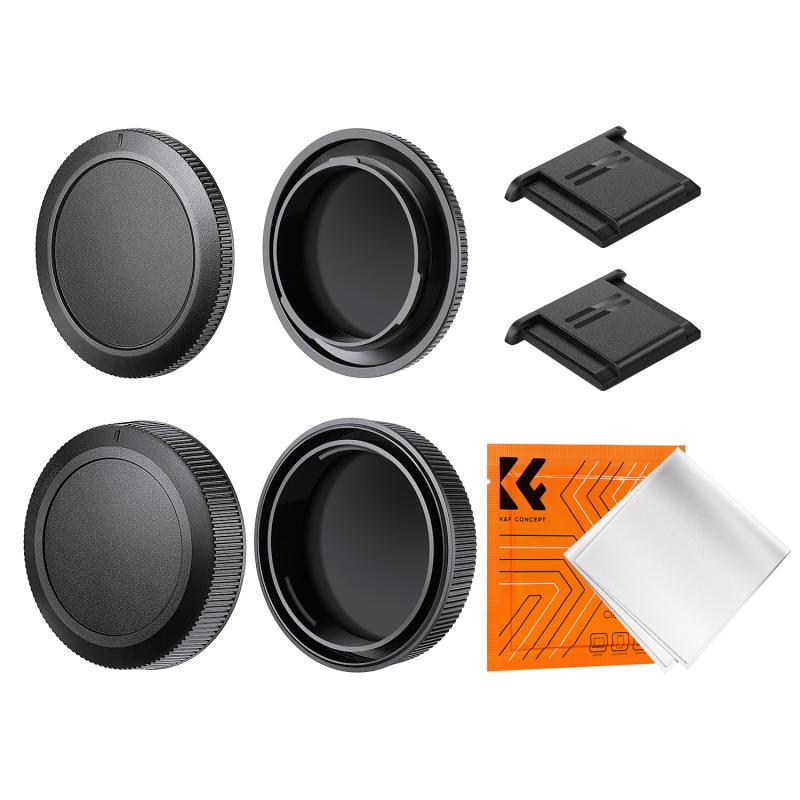
1. Improved Autofocus:
The enhanced electronic communication of the RF mount allows for faster and more precise autofocus performance. This is particularly noticeable in demanding applications such as sports and wildlife photography, where split-second focusing can make the difference between a keeper and a missed shot.
2. Compatibility:
Canon has designed the RF mount in such a way that it can maintain compatibility with existing EF and EF-S lenses through the use of mount adapters. This ensures that photographers who have invested in Canon’s extensive lineup of lenses are not left out in the cold but can still access the benefits of the RF system.
3. Future-Proofing:
With technological advancements accelerating, having a system that’s designed to handle future developments is crucial. The RF mount’s increased data transfer and electronic communication capabilities make it well-suited to accommodate future features that Canon may introduce, ensuring that the investment in RF lenses remains valuable over time.
Practical Considerations

1. Cost:
Transitioning to a new lens mount system can be costly. Canon’s RF lenses, especially the L-series, can be quite expensive. Photographers need to consider whether the advantages offered by the RF system justify the financial outlay, particularly if they already own a significant collection of EF or EF-S lenses.
2. Weight and Size:
Despite the potential for smaller lenses, some RF lenses are quite large and heavy. For example, the RF 28-70mm f/2L USM is a fantastic lens in terms of performance but is notably hefty. Photographers should think about the practicality of carrying larger lenses, especially if they need to prioritize portability.
3. Learning Curve:
For those deeply entrenched in the DSLR ecosystem, moving to a mirrorless system with a new lens mount may involve a slight learning curve. The functionalities and ergonomics can be different, and it may take some time to adjust to the new controls and capabilities.
The Canon RF lens mount is a significant leap forward in the world of photography, catering to the needs of an evolving industry that increasingly demands higher performance and more versatile equipment. Its innovative design empowers photographers with faster autofocus, improved image quality, and greater flexibility in lens construction. However, transitioning to the RF system involves certain practical considerations, including cost and the physical dimensions of some lenses.
Ultimately, whether the RF mount is the right choice for you depends on your specific needs and how much you’re willing to invest in the future of your photography. For those seeking the cutting edge of camera technology and willing to embrace the potential of a new system, the Canon RF mount offers an exciting path forward.

